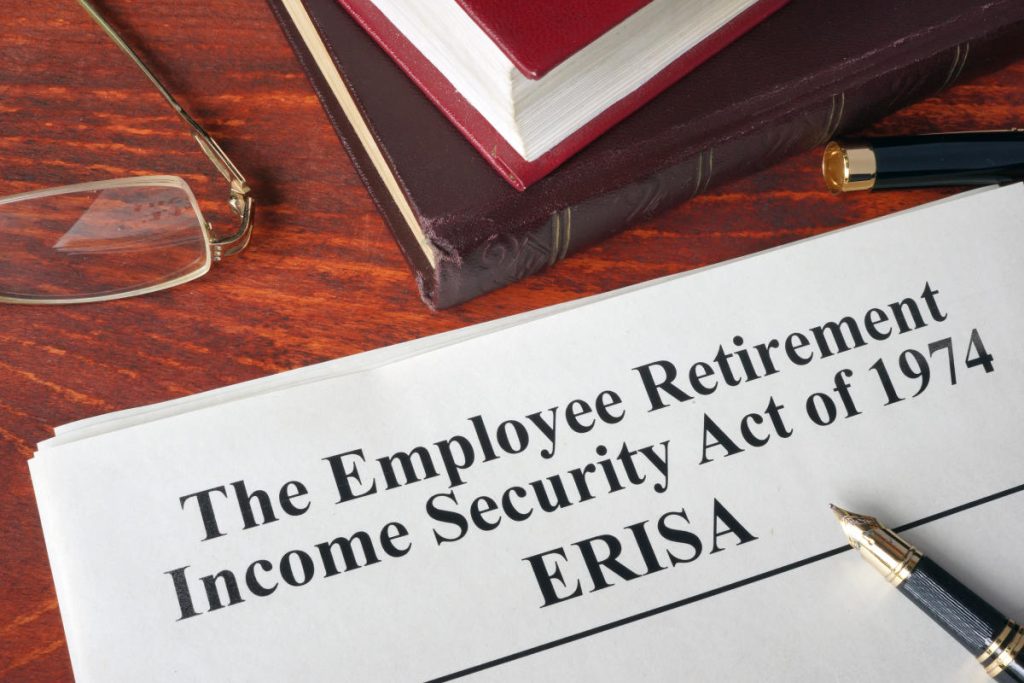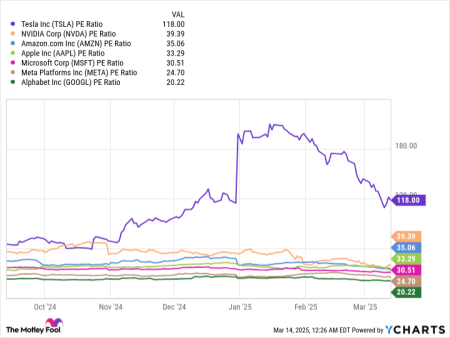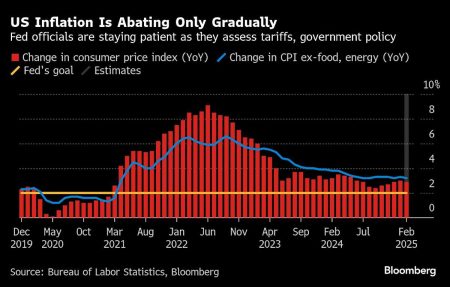The story of ERISA and its impact on retirement savings is a narrative of well-intentioned protection facing modern challenges. ERISA was enacted in 1974 following the closure of Studebaker-Packard, which left workers without pensions, highlighting the need for safeguards. The law ensured that retirement plans like pensions and 401(k)s were managed in workers’ best interests and created the Pension Benefit Guaranty Corporation to insure pensions.
However, ERISA’s limitations are evident. It doesn’t require employers to offer retirement plans, leaving many in small businesses and the gig economy without coverage. The rise of IRAs, which ERISA doesn’t regulate, exposes holders to potential exploitation, especially during rollovers. Increased life expectancy amplifies the need for robust retirement savings, yet traditional pensions are scarce, shifting the burden to individuals.
Job hopping, more prevalent today, can reduce retirement savings as workers may decrease contributions or lose benefits upon switching employers. States have introduced auto-IRA programs to address gaps, but these lack ERISA’s protections. A delayed rule aimed at protecting IRA rollovers underscores the ongoing challenges in updating retirement security measures.
In conclusion, while ERISA was a landmark law, it fails to adequately protect today’s diverse workforce, necessitating reforms to include gig workers and address modern retirement complexities.









